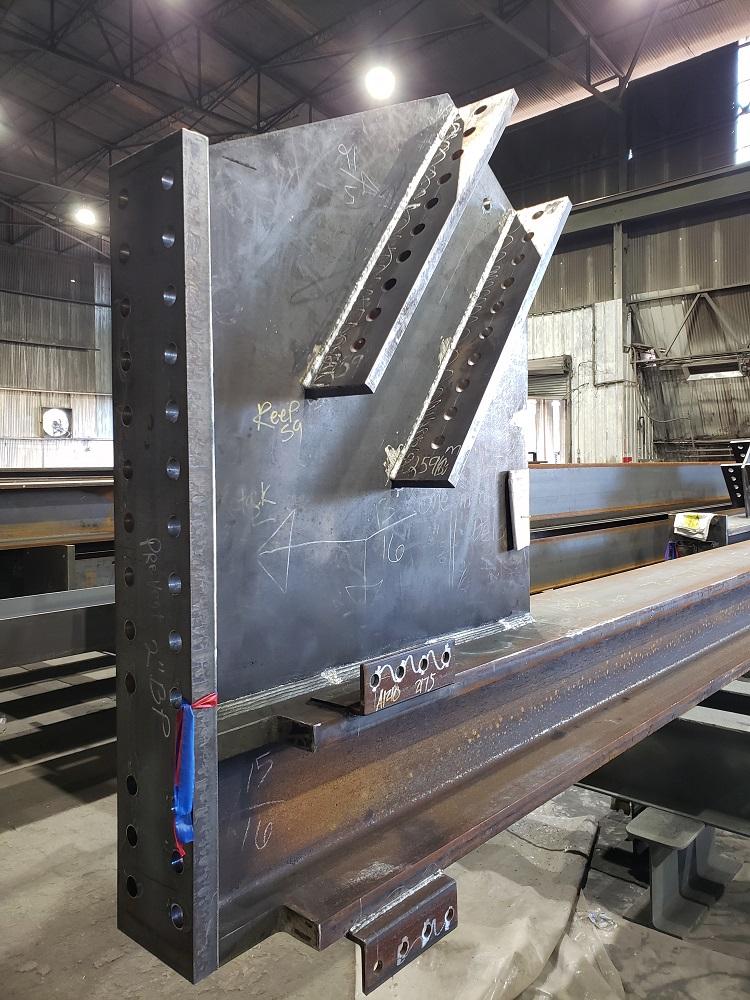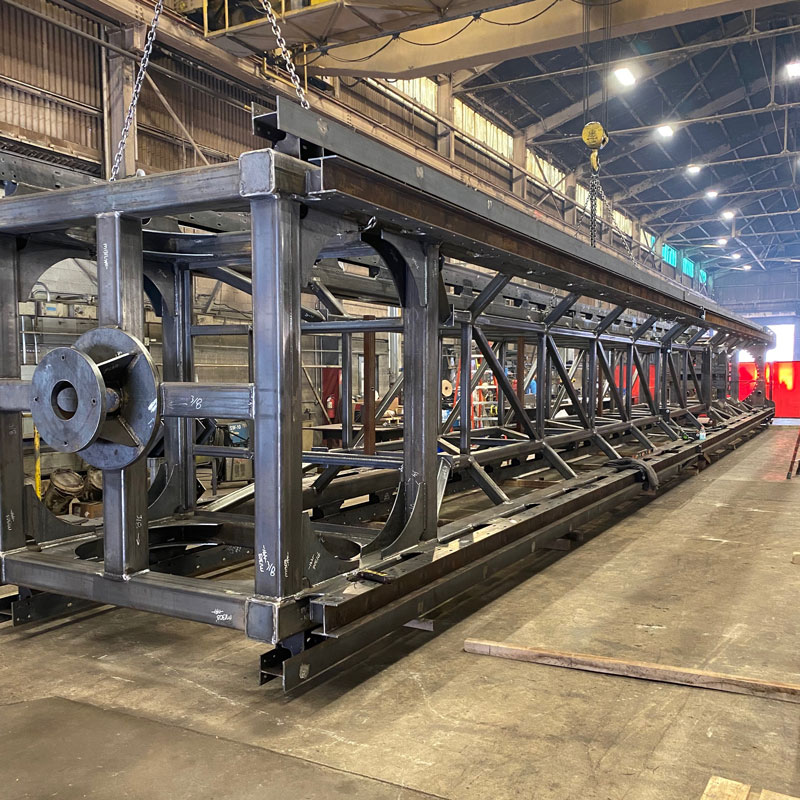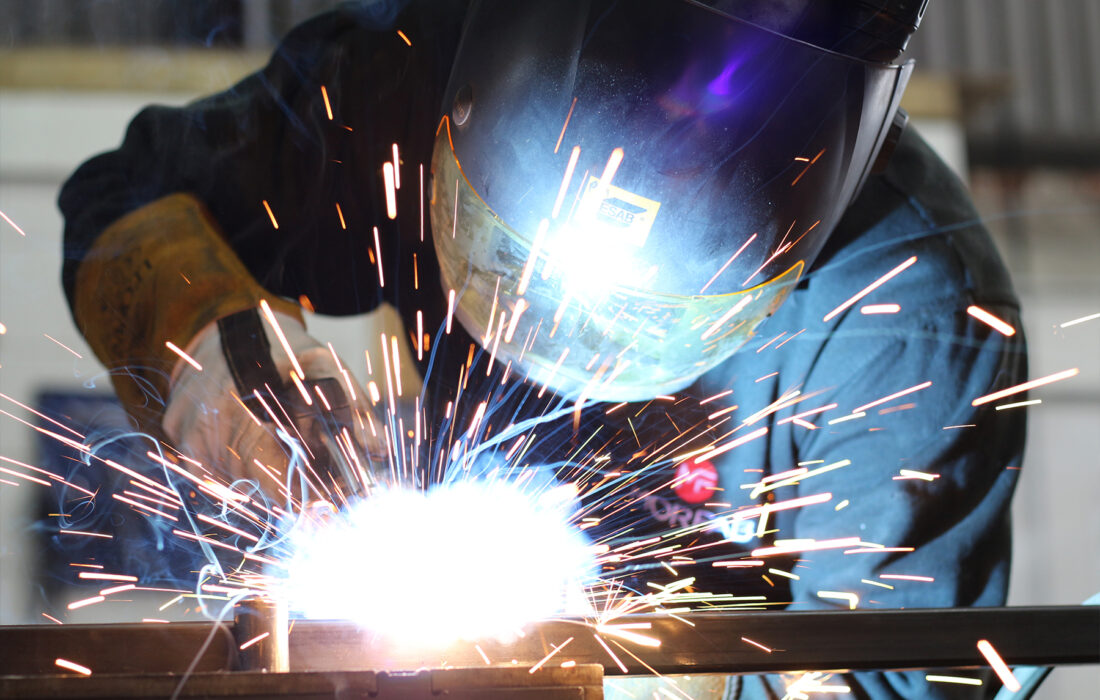Steel Fabrication Melbourne: Craftsmanship Satisfies Advancement
Steel Fabrication Melbourne: Craftsmanship Satisfies Advancement
Blog Article
Innovative Trends in Steel Fabrication: Enhancing Durability and Accuracy
In the world of steel construction, the pursuit of sturdiness and precision has actually led to a wave of ingenious patterns that are improving the sector. These trends are not just forming the existing but likewise laying the groundwork for the future of steel manufacture, assuring additional enhancements in toughness and precision.
Advanced Welding Technologies
In the realm of steel manufacture, the adoption of sophisticated welding modern technologies has considerably transformed the industry's approach to attaining exceptional quality and accuracy in structural welds. Advanced welding modern technologies, such as laser beam welding and rubbing mix welding, have actually arised as game-changers in the field. By leveraging these advanced welding techniques, steel producers can raise the sturdiness, stamina, and precision of their structural welds, meeting the increasingly demanding needs of modern-day building jobs.
Robot Automation in Manufacture
Welcoming robotic automation has actually ended up being a keystone of contemporary steel fabrication techniques, boosting and streamlining processes performance across the sector. Robots are reinventing the way steel parts are manufactured, providing unmatched precision and speed while decreasing human mistake. These automated systems can take care of repetitive jobs with regular accuracy, resulting in better final result.
One key benefit of robot automation in steel manufacture is the capability to work all the time without exhaustion, substantially enhancing production result. This constant operation decreases downtime and accelerates task timelines, eventually conserving prices for manufacturers. In addition, robots can be programmed to perform complex jobs that may be challenging or unsafe for human employees, boosting safety and security in the work environment.
In addition, robot automation makes it possible for smooth combination with other electronic technologies, such as computer-aided design (CAD) software and Net of Things (IoT) systems (steel fixing). This interconnected technique boosts interaction in between various stages of fabrication, enhancing workflows and making certain real-time tracking and control. As the steel manufacture market remains to advance, robotic automation stands apart as a transformative pressure driving effectiveness and precision in manufacturing processes

High-Strength Alloy Growth
The improvement of high-strength alloy growth in steel construction is reshaping the industry's strategy to enhancing product resilience and efficiency. High-strength alloys are crafted to display superior mechanical properties, such as increased tensile strength, sturdiness, and corrosion resistance compared to standard steel grades. By including these sophisticated alloys into manufacture procedures, suppliers can create elements that stand up to greater stress degrees and severe settings, causing even more resilient and reliable output.
One secret benefit of high-strength alloy development is the capability to lower product thickness without compromising architectural honesty. This not only leads to lighter-weight elements however additionally adds to cost savings and improved effectiveness in manufacture and setting up procedures. Additionally, the boosted strength-to-weight proportion directory of these alloys enables the design and construction of structures with greater load-bearing capacities while minimizing general weight.
3D Modeling and Simulation Software Program
Advancements in steel manufacture procedures have actually been significantly pushed by the assimilation of cutting-edge 3D modeling and simulation software program devices. These devices enable fabricators to produce in-depth virtual models of their projects, enabling them to visualize the final product with precision before any physical work begins.

Sustainable Practices in Steel Production
Including lasting practices into steel production procedures is crucial for reducing environmental influence and ensuring long-lasting resource schedule. One key lasting technique is the fostering of energy-efficient innovations to minimize greenhouse gas exhausts throughout the steel production procedure. This consists of utilizing renewable resource sources, such as solar or wind power, to power steel plants and carrying out energy-efficient devices to enhance energy use.
An additional essential aspect of lasting steel production is the liable sourcing of resources. This entails guaranteeing that the iron ore and various other resources used in steelmaking are gotten from moral and eco-friendly sources. By promoting openness in the supply chain and adhering to rigorous environmental standards, steel producers can lessen the negative influences of source removal on regional environments and communities.

Final Thought
To conclude, the innovative patterns in steel fabrication such as innovative welding innovations, robotic automation, high-strength alloy development, 3D modeling and simulation software, and lasting methods are boosting the toughness and precision of steel products. These improvements are revolutionizing the steel manufacture sector by enhancing top quality, effectiveness, and sustainability. It is clear that the future of steel fabrication depends on embracing these sophisticated modern technologies to fulfill the demands of modern-day construction and manufacturing industries.
In the realm of steel manufacture, the quest of toughness and precision has actually led to a wave of ingenious trends that are improving the market.In the realm of steel fabrication, the adoption of cutting-edge welding technologies has substantially revolutionized the industry's method to accomplishing exceptional quality and precision in architectural welds. click here for more As the steel construction industry continues to develop, robot automation stands out as a transformative pressure driving efficiency and accuracy in making processes.
In addition, reusing and reusing steel scrap and waste materials play a significant role in improving the sustainability of steel production. Alpha reo.In final thought, the cutting-edge fads in steel construction such as innovative welding technologies, robotic automation, high-strength alloy advancement, 3D modeling and simulation software application, and lasting techniques are improving the resilience and accuracy of try this out steel items
Report this page